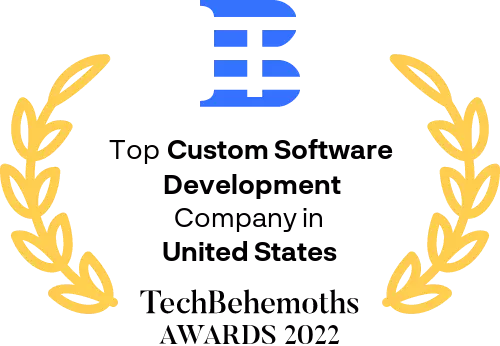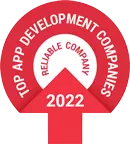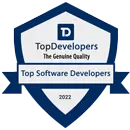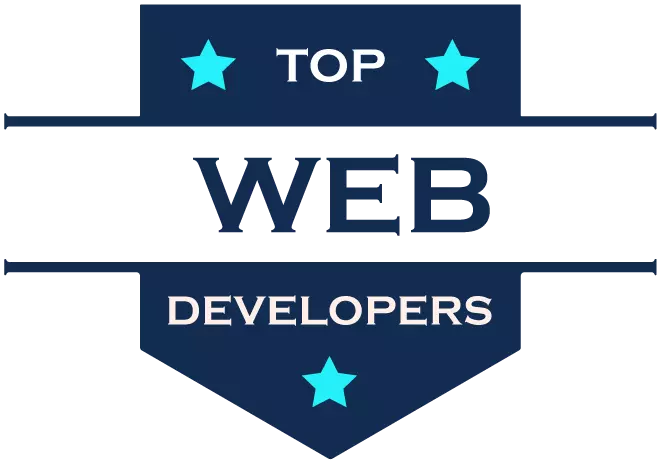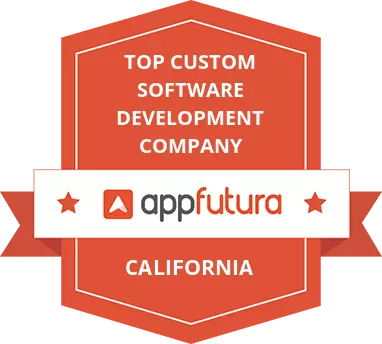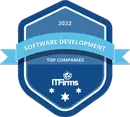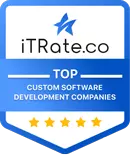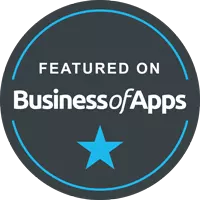Improving the Maintenance of a No-Code BPA Platform
A provider of business process automation software partnered with Altoros to migrate its enterprise offering to a new stack, solving architectural bottlenecks and reducing back-end response times by 10–20%.
Summary
Brief results of cooperating with Altoros:
- Migration from Angular to React and a number of architectural improvements helped to accelerate the delivery of new functionality received from ongoing, more frequent end-user feedback.
- Besides enhanced user experience, the system’s refactoring and SQL query upgrades reduced back-end response times by 10–20%.
- The improved product licensing now covers 100% of the functionality offered, eliminating the need for custom workarounds.
- Maintenance improvements simplified the updates of the existing frameworks / libraries to their latest versions and made it easier to replace the tools planned for deprecation by vendors.
The customer
Based in Australia, the customer is an ISV providing a no-code software suite for business process automation (BPA), risk management, compliance, document processing, etc. The company serves enterprises in banking, energy, finance, government, retail, and manufacturing.
The need
Being developed for 10+ years with Angular, the platform eventually became hard to maintain. To solve the associated bottlenecks and enhance user experience, the customer decided to migrate to React.
After 6 months spent on an MVP of an improved app builder module, the company turned to Altoros for React expertise, aiming to speed up development and add new features. One of the goals was to transform the MVP into an enterprise-ready functionality that can be shown to potential users at a conference in a few months.
The challenges
Under the project, the team at Altoros had to address the following issues:
- An inconsistent mix of tools, custom workarounds, and coding styles complicated development and maintenance. The issue was aggravated by dependencies between the UI layer and the business logic.
- Due to these and other architectural issues, adding new features was breaking existing functionality and led to unstable performance.
- As the new functionality was integrated into the existing system via iframes, it was crucial to ensure smooth interaction between the old and updated components, avoiding data loss.
The solution
Stage 1. After analyzing the requirements, Altoros worked closely with the customer to prioritize MVP features, taking into account the feedback from citizen developers who configured the system for end users. During migration, the team introduced engineering best practices to unify the code base.
Stage 2. To decouple business logic from the front end, the team built a REST API essential for separating the architecture layers. This effort was also mandatory for the gradual transformation of the app builder, authorization, reporting, and notification modules into dedicated microservices.
Stage 3. The team fixed inconsistent / duplicate code by following conventions and implementing standard libraries. Improving 20+ UI components and adding 20+ new ones, engineers added validations / checks and corrected URL routing to prevent data loss between the old and new parts.
Stage 4. By upgrading querying mechanisms to align with the latest database versions, server response times were cut for 10+ SQL queries.
Stage 5. The product’s licensing was aligned with all the functionality, eliminating workarounds.
Stage 6. Satisfied with the migration of the app builder, the customer trusted Altoros to update a module for automating enterprise processes.
Stage 7. During development, engineers covered the system with integration / regression tests by using Cypress and provided ongoing support.
20+
new UI component
20+
improved UI components
10+
upgraded queries
The outcome
By relying on Altoros, the customer cut release cycles and solved architectural issues, making it easier to add new functionality (such ChatGPT integration), while improving overall stability. The migration to a new technology stack enhanced user experience and enabled the team to take in more frequent feedback. Refactoring of the elements responsible for bottlenecks and SQL query upgrades reduced back-end response times—in some cases, latencies were cut by 10–20%. Finally, the updated licensing system now covers all the functionality offered, eliminating legacy workarounds.
Platform
Microsoft Azure, AWS
Programming languages
C#, TypeScript
Frameworks and tools
React, Next.js, XState, Docker, ASP.NET 6 Web API, webpack, Storybook, Bitbucket, RabbitMQ, Zeplin, IdentityServer4, Hangfire, Swagger, Quartz, Dapper, Twilio, Selenium, Cypress, NUnit, Azure DevOps, TeamCity, Floating UI, Graylog, Serilog, Axios, Tailwind
Databases
MS SQL, Redis
Seeking a solution like this?
Contact us and get a quote within 24 hours













